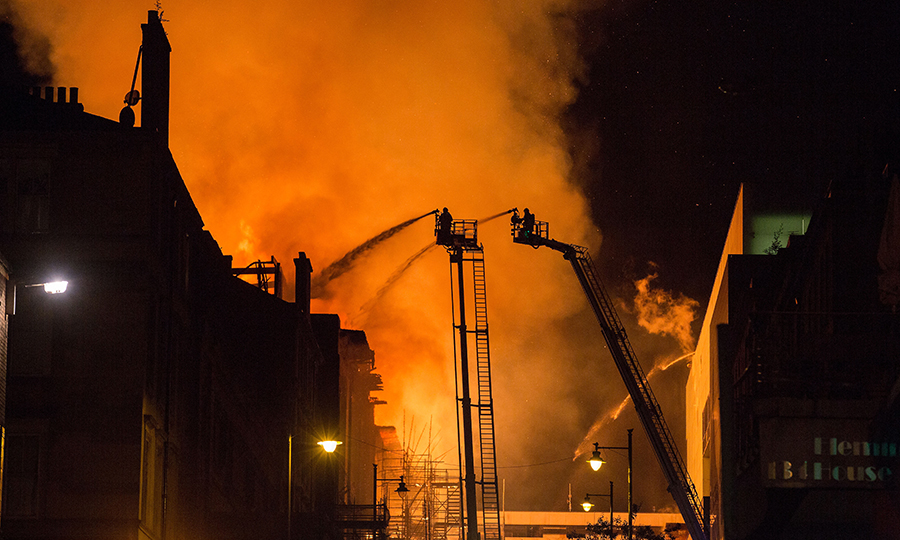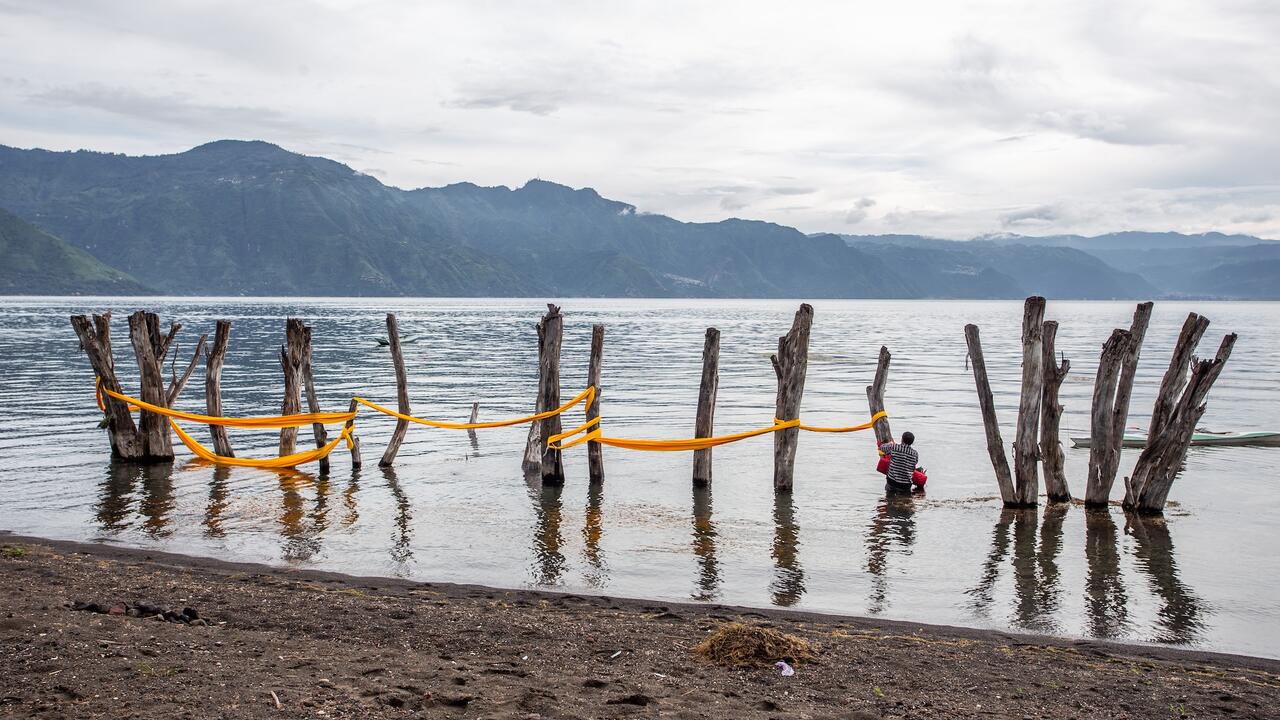Glasgow School of Art Students Demand Money Back Over Freezing, Leaking Studios and No Tutors
In further news: Steve McQueen’s school photographs to take over London billboards; censorship at Japan’s Aichi Triennale
In further news: Steve McQueen’s school photographs to take over London billboards; censorship at Japan’s Aichi Triennale

Dozens of postgraduate students, who pay up to GBP£20,000 a year to study at the Glasgow School of Art, have called for their money back. A letter, signed by 29 of 34 students on the 2018-19 course, cited poor working conditions, including freezing, leaking studios. The Glasgow School of Art was hit by two serious fires in the space of four years. After the most recent blaze in 2018, the school’s Charles Rennie Mackintosh-designed building was almost completely destroyed. Since then, classes and studio spaces have spread out around the city. The 11-page letter, seen by The Sunday Post, complains that the students were not properly informed of the ‘severity’ of workshop closures, and that painting students were not provided with a tutor for months. The letter also cites the ‘worsening of a mental health condition of one student in particular’ in their experiences of ‘isolation and detachment’. Fees for international students on the fine art master’s course are GBP£19,440 – British and EU students pay GBP£7,740. The school has said that the students’ letter is being processed through the formal complaints procedure.
Steve McQueen’s photographs of school children are to be displayed on hundreds of London billboards. The artist’s project will take over the billboards in early November, before the class photos are shown in a major exhibition at Tate Britain, according to the Art Newspaper. McQueen’s project, focuses on children from Year 3 (aged seven to eight) from schools across the UK capital, brought together ‘through the vehicle of the traditional school class photograph’.
Japan’s Aichi Triennale has shut down a show at the Aichi Prefecture Museum of Art in Nagoya, which responds to the history of censored art in the country, according to Art Asia Pacific. A sculpture of a seated woman, Statue of Peace (2011) by artists Kim Seo-kyung and Kim Eun-sung, symbolizes the thousands of ‘comfort women’ who were forced into sexual slavery in Japanese brothels during World War II – the Triennale had received threats over its display of the work, with one person claiming that they would bring a gasoline canister to burn down the museum. The exhibition curators opposed the decision to censor the show, calling it ‘the most significant censorship case in the post-war Japan era’.
In gallery news: Xavier Hufkens gallery in Brussels represents Zhang Enli; and Gagosian is expanding its West 24th Street location in New York, taking over the former spaces of Mary Boone Gallery and Pace Gallery, according to Artnews.























